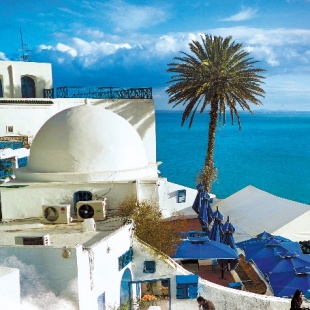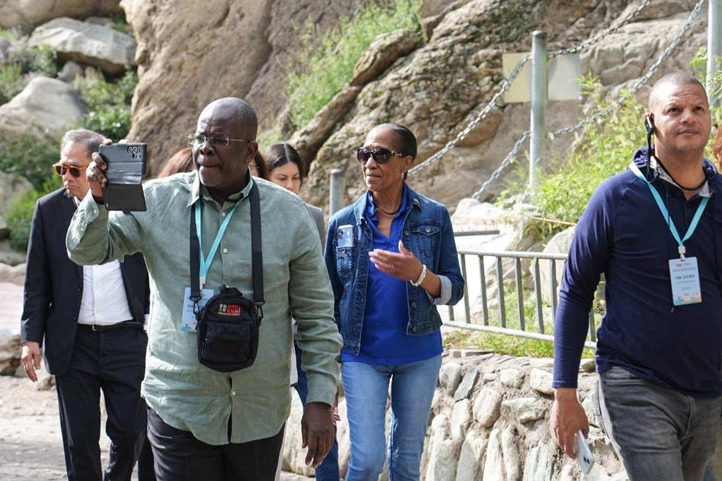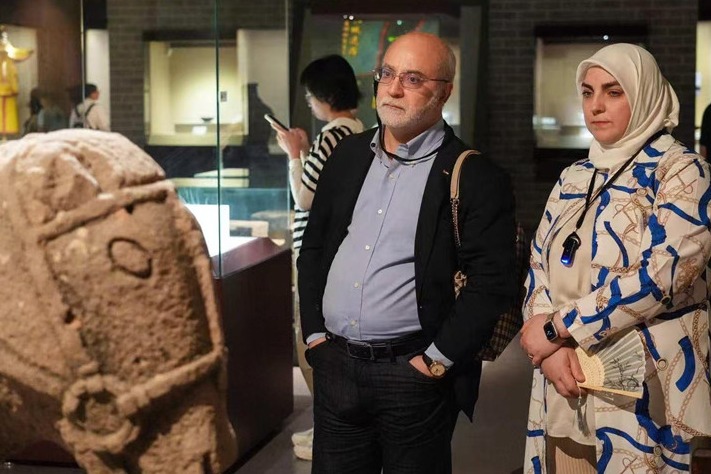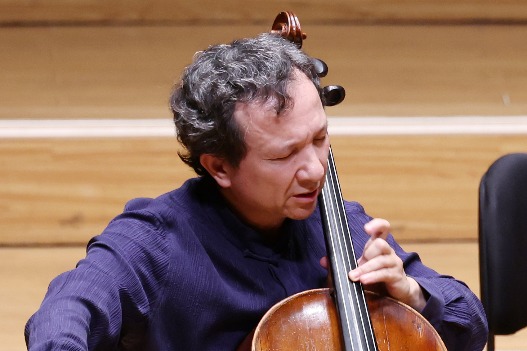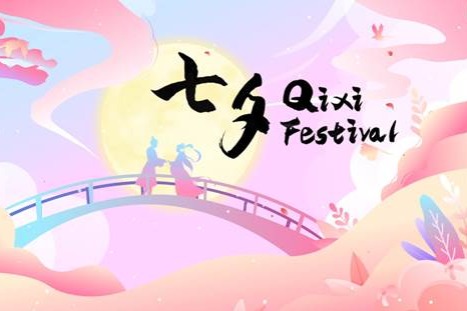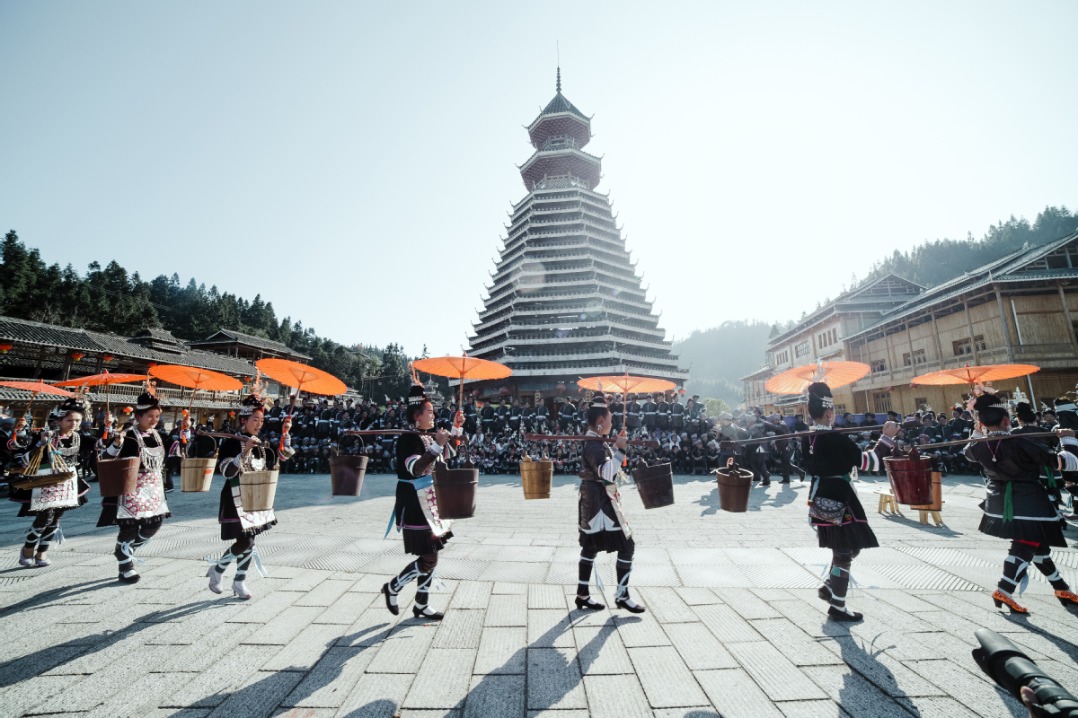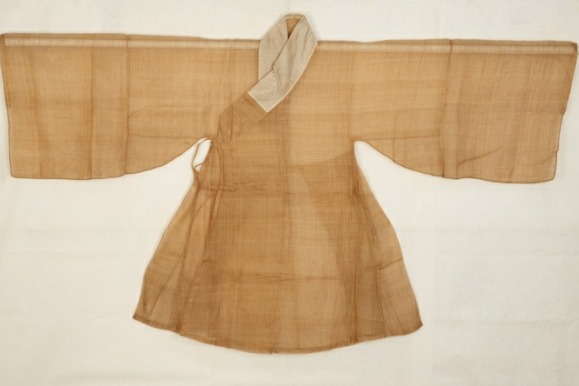Harmony of civilizations

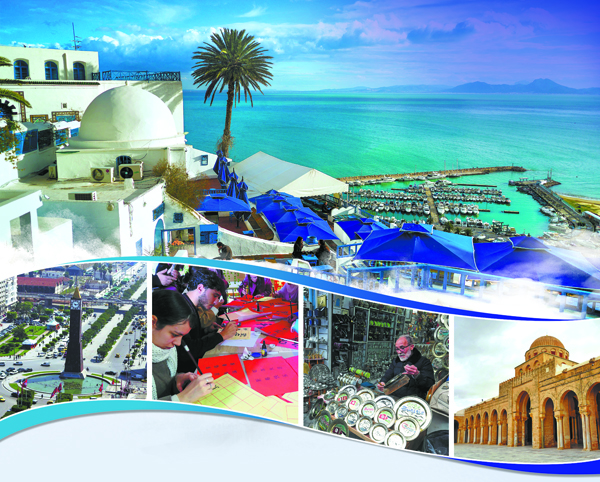
China and Tunisia have created an enduring legacy through vibrant artistic and trade exchanges across centuries, Xu Lin reports.
China's over 5,000-year civilization, with its diverse elements that have formed a unity, and Tunisia's layered heritage — rooted in indigenous Berber traditions and overlaid with Phoenician, Roman and Arab influences — reveal both parallels and distinctions.
The ancient Silk Road, across land and over high waves, linked China and Africa, creating an enduring legacy through vibrant cultural and trade exchanges.
Tunisia's strategic position in the Mediterranean made it a crossroad of civilizations, evolving into a cultural mosaic.
Many enlightened thinkers from Tunisia have contributed to human civilization. Ibn Khaldun, who lived between the 14th and 15th centuries, was a Tunisian scholar regarded as a foundational figure in sociology and history. Fatima Al-Fihriya, born in Tunisia, founded Al-Qarawiyyin University, one of the first universities worldwide, in 859.
"China and Tunisia possess long histories, with cultural diversity as their defining characteristic, endowing the two nations with the capacity for cultural inclusiveness and intercultural dialogue," says Wang Guangda, secretary-general of the China-Arab Research Center on Reform and Development and a professor at Shanghai International Studies University.
According to him, China and Tunisia both hail from deep-rooted agricultural civilizations shaped by waters. China's Yellow and Yangtze rivers have fostered small-scale farming with a gendered division of labor, while Tunisia's Medjerda River has developed irrigation-based agriculture along the Mediterranean coast.
According to Wang, both nations actively promote civilizational bilateral exchanges and cooperation frameworks at the governmental level. Meanwhile, people-to-people exchanges thrive, with Tunisian Sinologists, translators and publishers actively advancing Chinese cultural dissemination.
Civilizational exchanges between the two nations can be traced back across millennia.
By the 9th century BC, the Phoenicians, with their maritime prowess, had become one of the greatest trading powers thanks to their vast trade network that spanned the Mediterranean and beyond.
"Chinese goods could have been transported via the Silk Road through Phoenician-controlled commercial hubs to the Mediterranean," says Huang Hui, vice-dean of the School of Foreign Studies, University of International Business and Economics, and director of the university's Tunisia research center.
During Roman rule, North Africa, including today's Tunisia, was a vital trading hub and granary for the empire. Historical records show that China's Han Dynasty (206 BC-AD 220) already had trade with the empire. According to Huang, from the 9th to 12th centuries, Arabs controlled the sea routes used for trade between the Indian Ocean and the Mediterranean, and Chinese goods reached North Africa through the Red Sea.


